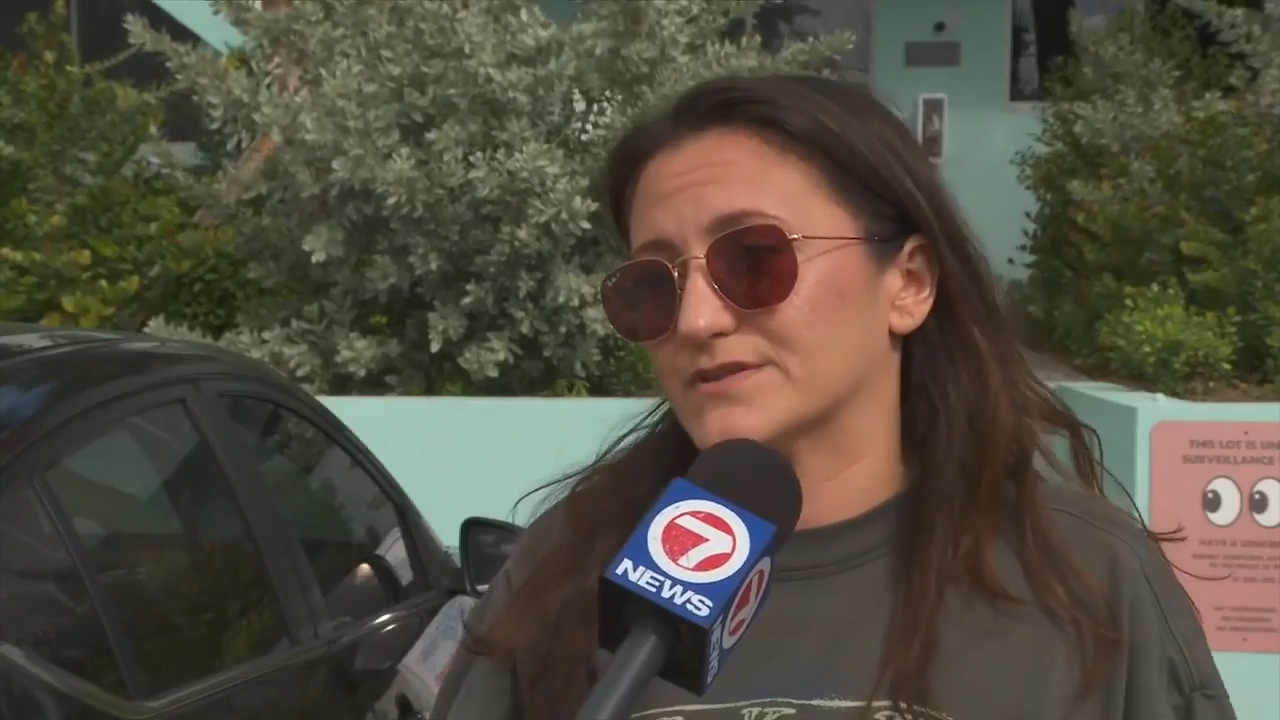Miami-Dade County saw its first ever Excessive Heat Warning
This past weekend, the National Weather Service issued its first ever Excessive Heat Warning for Miami-Dade County.
South Florida always feels brutal heat and humidity during its long summers, so why did it take so long to issue such a warning? There’s a catch.
Temperatures have stayed above normal in South Florida this summer. Since 1895, Miami had its eighth warmest June on record, and is feeling its hottest July on record so far this year.
But that’s not the reason for South Florida’s first ever Excessive Heat Warning. The National Weather Service is testing out new experimental Heat Advisory and Excessive Heat Warning criteria this year.
All of Florida follows the same criteria for Heat Advisories and Excessive Heat Warnings. The NWS issues a Heat Advisory if the heat index is 108 degrees or higher for at least two hours. An Excessive Heat Warning is issued if the heat index is 113 degrees or higher for at least two hours.
In fact, the current criteria has only led to one Excessive Heat Warning combined between Florida’s four southernmost NWS offices before this past weekend, in 2022 by NWS Tampa.
Number of Excessive Heat Warnings issued per NWS Office since 2002. (Iowa Environmental Mesonet)
This year, the criteria for heat alerts is lower for Miami-Dade County. The NWS will issues a Heat Advisory if the heat index is 105 degrees or higher for at least two hours. An Excessive Heat Warning is issued if the heat index is 110 degrees or higher for at least two hours.
On Sunday, July 16, the heat index forecast was up to 110 degrees in Miami, triggering the first ever Excessive Heat Warning. Even though its two neighboring counties to the north, Broward and Palm Beach County, had higher forecast heat indices for Sunday, both were only under a Heat Advisory.
According to NWS Miami, “this change is part of a pilot project in partnership with Miami-Dade County, and the new criteria is better aligned with local climatology, as well as recent health data which indicate that significant health impacts from heat occur at heat index values lower than the current advisory/warning criteria.”
The National Weather Service will evaluate this experiment at the end of the heat season, and if successful, the changes could become permanent in 2024 for all of South Florida.
Regardless of heat alerts or time of the year, always exercise caution and stay safe in the heat.
Our team of meteorologists dives deep into the science of weather and breaks down timely weather data and information. To view more weather and climate stories, check out our weather blogs section.



